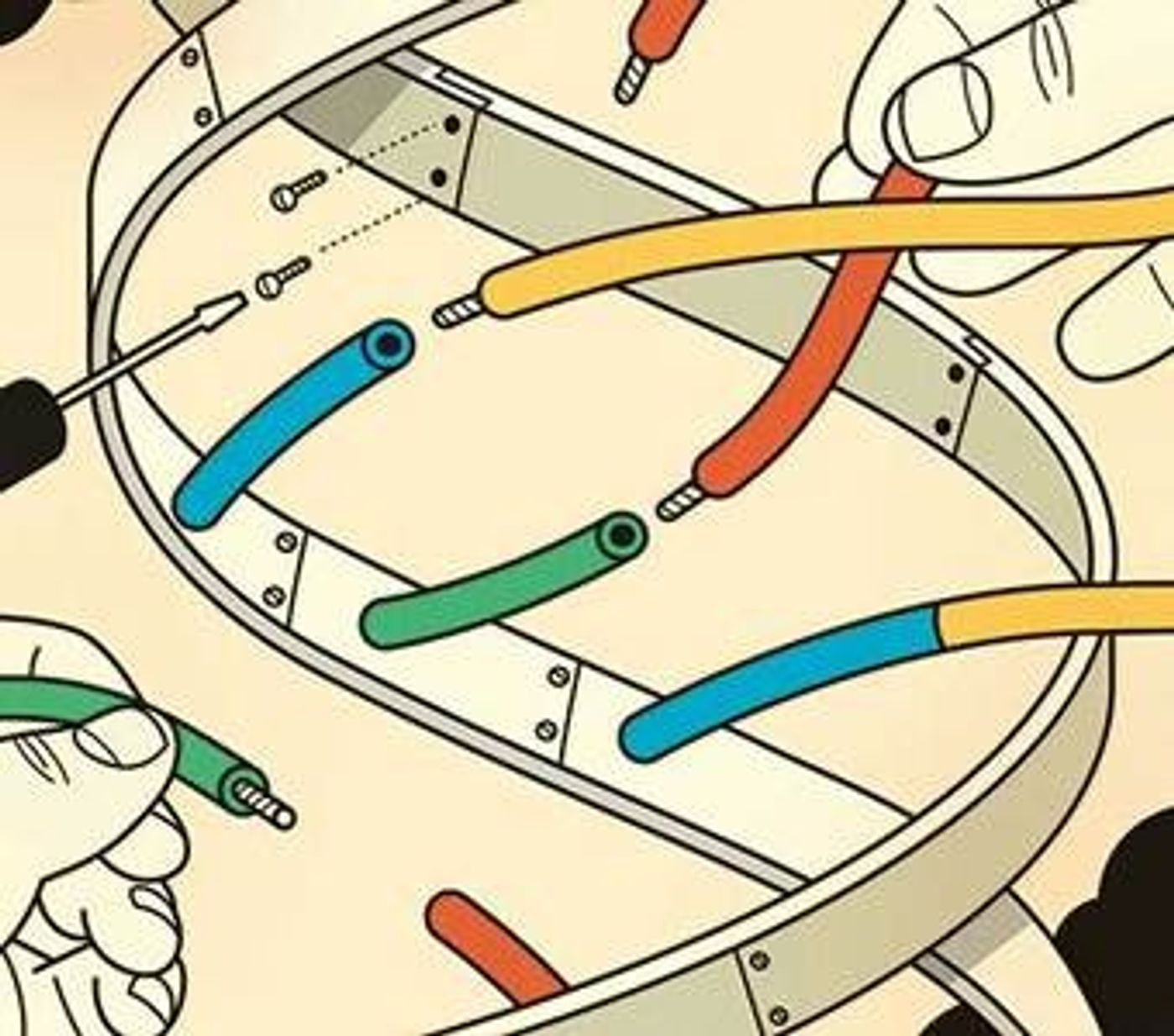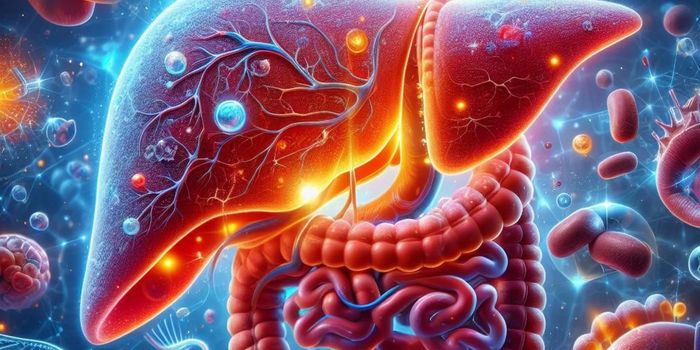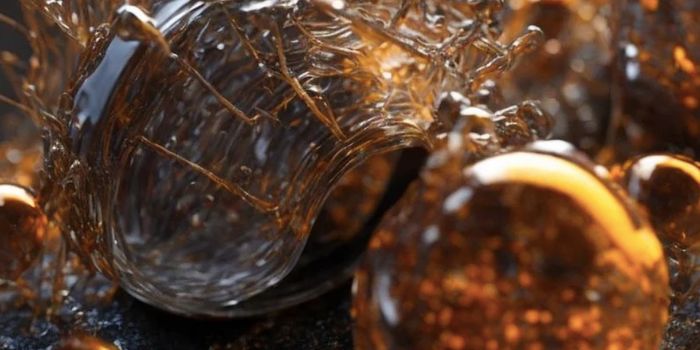Scientists at Michigan Technological University,
publishing in the journal Organic Letters, have created a novel process for creating more effective drugs for gene therapy.
The drugs in question are antisense DNA and they’re made from individual short strands of synthetic DNA. They have been used to treat a wide range of diseases including cancer, Ebola, and HIV. Only a few of these drugs are on the market, however. If you need some more information on antisense DNA, the video below has an in-depth explanation.
Messenger RNA encodes for the proteins that make up our bodies. When that mRNA copy is made from a normal gene, all is well. But when there is a genetic mutation, the mRNA carries that mutation and can result in a protein that doesn’t function properly and can cause serious illness or death.
Antisense DNA runs complementary to the sense strand of DNA used to create a messenger RNA copy, so the idea is that an antisense DNA drug can attach itself to the faulty mRNA copy and eliminate the problematic protein before it’s even made.
There are major caveats to this approach, unfortunately. Apparently synthetic DNA has a hard time staying stuck to the mRNA it’s opposing, and frees up the mRNA to make the defective protein. Making the DNA stickier is not a mystery to scientists, said Shiyue Fang, a Professor of Chemistry at Michigan Technological University and senior author of the new work. If some groups of atoms that have a partial positive charge - electrophiles - are added, the result is a stickier molecule. Because the electrophiles react with groups in the RNA that have a partial negative charge - nucleophiles - a powerful covalent bond is thus formed; the RNA then gets locked down for good.
Until now, synthetic DNA had to undergo a final soak in ammonia to clean off the chemical ingredients that are required for assembly of synthetic DNA. Not only does the ammonia neutralize the electrophiles, it gets rid of chemical linkers and protective groups. Alternative processes are unreliable, expensive and often require toxic chemicals.
"So far, it's been very difficult to incorporate electrophiles in synthetic DNA," Fang said. "It's been like treating a garden with an herbicide that kills everything." He thinks that's going to change. "Our method just takes out the weeds,” he explained.
The process developed by Fang’s team uses alternative chemicals for the linking and protective actions that wash away much more easily using a solution that doesn’t harm electrophiles and is relatively innocuous. Other advantages of the new tool include low cost and improved safety, such that it will be much better for manufacturing important drugs. This method opens up the door to biochemists and microbiologists who can now use synthetic DNA for other potential applications.
Sources:
phys.org via
Michigan Technological University,
Organic Letters











